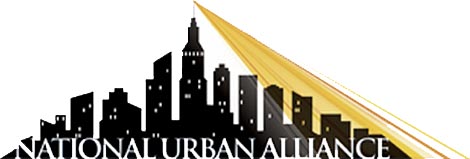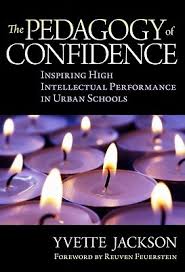In education, student voice refers to the values, opinions, beliefs, perspectives, and cultural backgrounds of individual students and groups of students in a school, and to instructional approaches and techniques that are based on student choices, interests, passions, and ambitions. Generally speaking, student voice can be seen as an alternative to more traditional forms of governance or instruction in which school administrators and teachers may make unilateral decisions with little or no input from students.
—Glossary of Education Reform, www.edglossary.org
A group of students representative of the student body at Garfield Community School participated in Amplifying Student Voice. The first session included:
Community Building
- ‘Hello’ in a circle, like commonalities, where two participants cross the circle to greet in an authentic manner;
- Commonalities — students were debriefed on purpose and where they could use.
Powerful Questions/Collaborative Questions
The students began with defining ‘social’ and ‘justice’. the students then did collaborative questions with only questions about ‘social justice’. The modeling process (while in a circle):
- Teacher—Student,
- Student-Student,
- All in pairs.

We shared whole group with students selecting one another with eye contact (as we did in commonalities).
Circle Map
Following the same scaffolding as with Collaborative Questions the teacher models a Circle Map with a student (first Teacher-Student, then Student-Student, then all in pairs) with questions on ‘social justice’. I modeled writing at the same time with a student which is how virtually all pairs were then doing.
Categorizing Inductively The students were modeled with two pairs combined into a quartet (like above in a ‘fishbowl’) where we tore/cut the questions separately. They were modeled with the quartet deciding one question at a time to sort/categorize the questions with similarities — and to have consensus in the group. All groups paired up into quartets — they also added the top subcategories which was shared on a gallery walk.
The students were modeled with two pairs combined into a quartet (like above in a ‘fishbowl’) where we tore/cut the questions separately. They were modeled with the quartet deciding one question at a time to sort/categorize the questions with similarities — and to have consensus in the group. All groups paired up into quartets — they also added the top subcategories which was shared on a gallery walk.
Download PDF on Categorizing Inductively
Social Justice Installations
Next we then discussed what was important to the students in regards to ‘social justice’ in their school community. The students were modeled one idea (e.g. nutrition / food quality) how and where we could do an ‘installation’ at the school using only a pad of yellow sticky notes + a writing utensil (pen and/or markers). They then had 10-15 minutes in their groups of four to develop their social justice interest, have a consensus on a location to install and then install their ‘sticky note’ message. The students installed their messages throughout the school. The students all returned and we then went as a whole group to view each of the installations. At each installation: the quartet that created the installation explained their social justice message followed by the other students responding with the protocol of positive observations and questions (same protocol used for educators with peer to peer coaching).
Student Reflections
We closed with what each student learned/took away from the Amplifying Student Voice experience.






